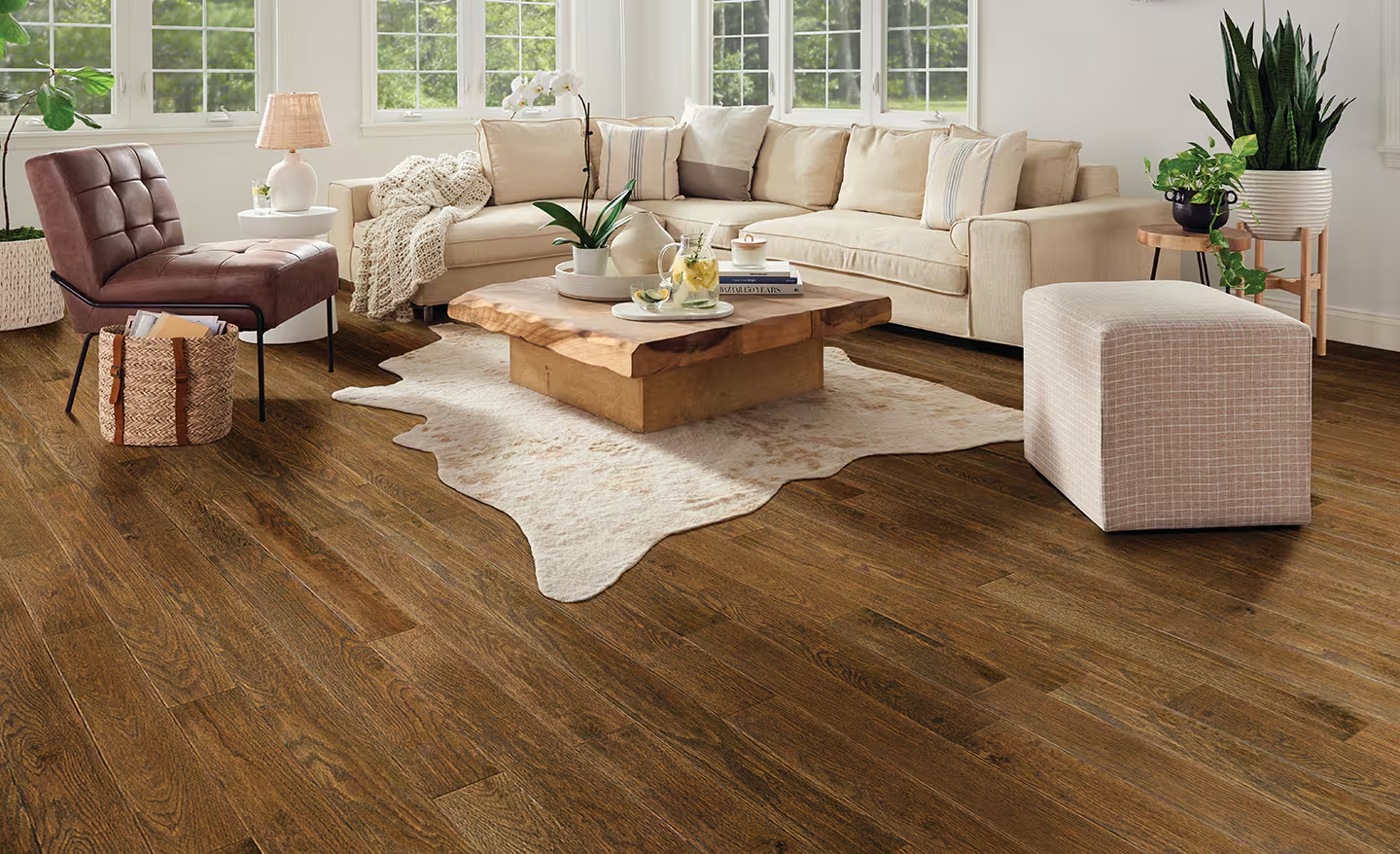Types of Floor Coverings

Hardwood is one of the most popular types of floor covering, and it can last for decades. There are several types of wood flooring available, and each offers its own pros and cons. Oak, which is the most common type in the U.S., is famous for its warmth, character, and variation. Another domestic hardwood, maple is lighter in color and harder than oak. Walnut, on the other hand, is known for its rich, chocolate-colored grain and luxurious appearance.
Resistant flooring is made from layers of paper or melamine bonded to a wood or fiber core. It is similar to resilient countertops. It can be installed by snapping together planks using special fasteners or gluing them together with traditional tongue-and-groove edges. It is difficult to remove a stain from hardwood flooring, and it can be damaged by high-alkaline cleaners. In addition, hardwood can be vulnerable to damage caused by moisture and abrasives.
Ceramic and porcelain tiles are two popular choices for floors. Ceramic tiles are made of baked clay and can be either glazed or unglazed. Unglazed tiles are rougher and color-through. They are more slip-resistant and less noticeable when cracked or damaged. Both tiles can be refinished. In the case of glazed tiles, however, the glaze makes them more noticeable. They are durable and resistant to water. Despite the advantages, they are not ideal for high-traffic areas.
Vinyl comes in several forms. While it is known as a durable floor covering, it is also known for its flexibility. It can be installed in a variety of areas, and it is virtually maintenance-free. As long as you follow the manufacturers’ instructions, vinyl flooring will last for decades. But if you don’t have the budget to invest in a full installation, consider choosing an option with a longer lifespan. And don’t forget to take a look at the different types of flooring and choose the one that suits your needs best.
Another popular type of floor covering is flagstone. Flagstone is a porous material that needs to be treated with a sealant when laid. The thickness of the joints should be no more than four millimeters. When laying flagstone, you should strike off any overlapping slabs with a trowel. Flagstone can also be used for paved areas, but is not recommended for use in garages or motor sheds.
Red oxide flooring is extremely versatile. It can be laid in a variety of patterns and maintains a moderate temperature. This flooring type adds a rustic look to your home and is easy to maintain. Red oxide is a cost-effective option, but requires a skilled mason. Red oxide is most popular in warm climates, but other shades are becoming popular in recent years. If you’re not sure which type of flooring you’d like, try browsing online or bringing a photo with you to your local installer.
While stone is a durable material, it can be very sensitive to acidic cleaning agents. Acidic cleaning solutions can leave permanent marks. Stone floors require special protective finishes to maintain a pristine appearance. If you’re worried about scuffing or staining, consider porcelain or ceramic tile. These types of flooring are more durable and stain-resistant due to the glaze covering the surface. However, it is still important to avoid heavy hits and scrubbing with a wet mop.








